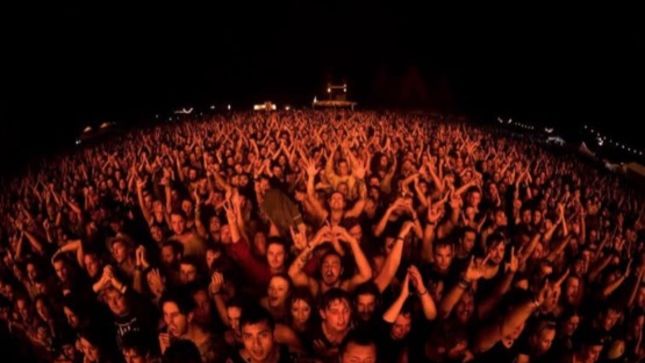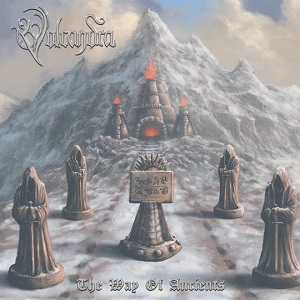Live Concerts and Their Post Pandemic Future - What You Need to Know
October 15, 2020, 3 years ago

There’s no doubt that the coronavirus pandemic has had a huge impact on the health of citizens, with more than 1.5 million people across the globe thought to have contracted the virus to date.
However, the socio-economic impact of the virus is also something that may be a concern, particularly in some markets and industries.
As stated here, Covid-19 could ultimately cost the global economy $20 trillion, which is a huge and potentially devastating sum of money.
The live music and events industry is particularly at risk, and there are obvious reasons for this. But what’s the post-pandemic future likely to hold for this sector, and can it survive the worst of the virus?
Appraising the Decline of Live Concerts and Events
In the UK, we’ve seen an incredible decline in live concerts and events since the coronavirus outbreak was declared a global pandemic, with these entities having largely been outlawed at a national level since April.
This has had a seismic impact on firms, many of which have had to furlough up to 85% of their employees as a minimum requirement of staying afloat.
However, this scheme is expected to cease at the end of October, and some experts have estimated that this will sound a death knell for the live events industry and could cost up to 1.2 million jobs overall.
Of course, this is also part of a wider global issue, with Live Nation and AEG (two of the world’s largest concert promoters) having both halted all of their arena tours for the year back on March 12th.
A similarly stark approach has been adopted by the iconic Boch Centre, which has strategically been moving all live shows to 2021 and 2022 in order to allow a viable time for recovery in the fight against Covid-19.
Even high profile events like the 2020 Olympics and the European football Championships have been postponed until next summer, creating a significant void for organisers and live performers to fill in the meantime.
This shouldn’t come as a major surprise, however, with the implementation of necessary social distancing measures almost impossible when inviting large crowds to congregate at popular live events.
Beyond this, it’s also important to consider the other elements associated with concert and live event planning, from the proliferation of backstage staff to the opening of available bars and logistical implications of allowing guests to arrive and leave in a safe manner.
It’s particularly difficult for people and employees to socially distance backstage, thanks largely to the dynamic nature of concerts and the nature of tasks such as putting up lights, rehearsals (in some instances) and dressing room maintenance.
These nuances make it clear why live events have been placed on the backburner for the time being, while also highlighting an uncertain future that continues to put businesses and livelihoods to the sword.
A Look Ahead - The Future and Path to Recovery for Live Events
According to some experts, even events scheduled for the formative part of 2021 may have to be rescheduled as the virus continues to see an increase in cases across the globe.
In fact, many have suggested that the industry may be poised to experience a gradual return to normality over a period of around 24 months. While this is welcome in some respects, it also raises significant concerns for artists and live event firms who may be unable to survive indefinitely over a period of two years or more.
There’s also the issue that the logistical restrictions of some events make it extremely difficult for them to be removed or rescheduled, which in turn translates into lost revenue for all participating parties.
Of course, this rule doesn’t apply to global or large-scale events such as the Olympics, which are so generative in terms of revenue that it’s viable for them to be held at a significantly later date.
On a smaller scale, club tours that include smaller and local venues may return a little sooner. After all, these typically don’t require the same volumes or set-up or equipment demanded by arena tours, while the smaller nature of the venues makes it easier to implement social distancing rules (without compromising too much on profitability).
Still, there’s a cost implication here for hosts and organisers, as attendees must still be able to socially distance safely while also accessing facilities that are safe, clean and well organised.
The key here is for clubs and venues to measure the requisite costs against the potential turnover generated by each individual event, before calculating the profit margin and deciding whether or not to proceed.
This calculation may ultimately prove central to the immediate future of some artists and organisers, as is the ability of venues to meet the ever-changing guidelines and provide a safe environment for all people involved.











